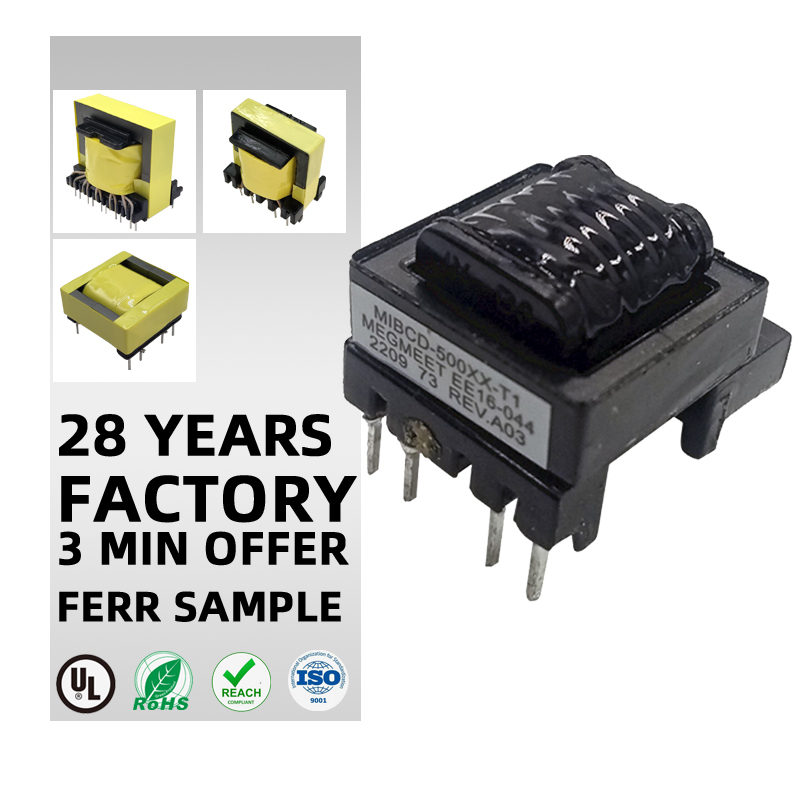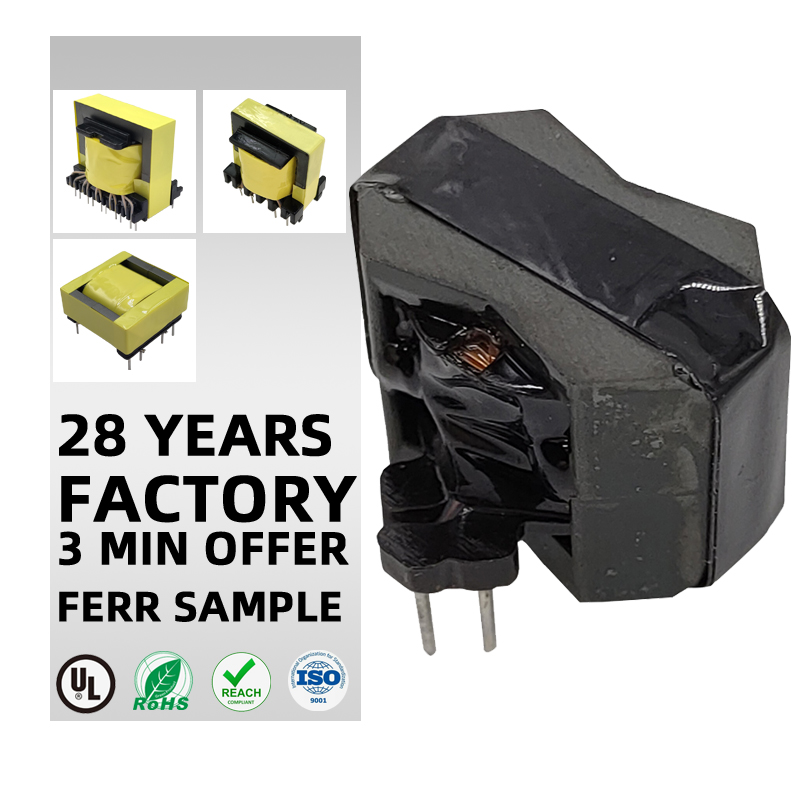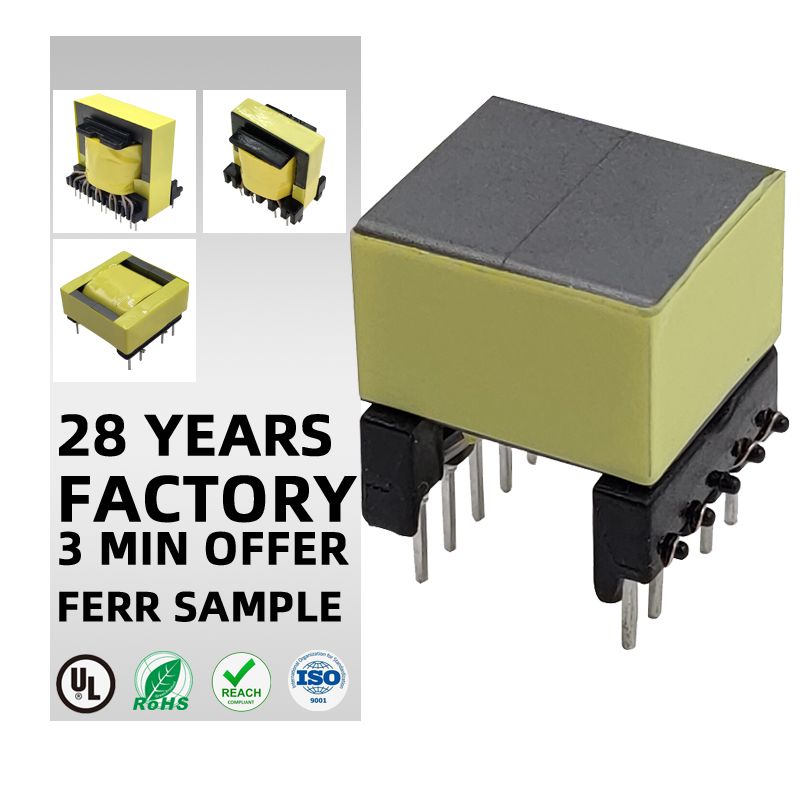What is the difference between step down and step up transformer?
2024-08-26
The main difference between a step-down transformer and a step-up transformer is in how they change voltage levels. Here's a detailed comparison of the two:
1. Function:
-
Step-Down Transformer:
- Decreases (steps down) the input voltage to a lower output voltage.
- Example: Converts 220V to 110V or 110V to 12V.
-
Step-Up Transformer:
- Increases (steps up) the input voltage to a higher output voltage.
- Example: Converts 110V to 220V or 12V to 110V.
2. Winding Configuration:
-
Step-Down Transformer:
- The primary winding (connected to the higher voltage) has more turns of wire than the secondary winding.
- This results in a lower output voltage on the secondary side.
-
Step-Up Transformer:
- The secondary winding (connected to the higher voltage) has more turns of wire than the primary winding.
- This results in a higher output voltage on the secondary side.
3. Primary Use:
-
Step-Down Transformer:
- Primarily used to convert high voltage to lower, usable voltages for consumer electronics, appliances, and distribution networks.
- Examples:
- Reducing transmission voltages (e.g., 11kV to 240V) for use in homes and businesses.
- Lowering voltage for electronic devices like chargers (e.g., 110V to 12V).
-
Step-Up Transformer:
- Primarily used to increase voltage for long-distance power transmission.
- Examples:
- Increasing voltage from power generation plants (e.g., 11kV to 132kV or higher) to reduce energy loss over transmission lines.
- Increasing voltage for specialized equipment that requires a higher operating voltage.
4. Current Flow:
-
Step-Down Transformer:
- As the voltage decreases, the current increases, provided the power remains constant.
- Formula: P=V×IP = V \times I (Power = Voltage × Current). Lower voltage means higher current for the same power.
-
Step-Up Transformer:
- As the voltage increases, the current decreases to maintain the same power.
- Higher voltage means lower current for the same power.
5. Physical Location:
-
Step-Down Transformer:
- Installed at distribution substations or near consumer endpoints (homes, offices) to reduce voltage for safe usage.
-
Step-Up Transformer:
- Installed at power generation plants or where the voltage needs to be increased, such as before long-distance transmission lines.
6. Applications:
-
Step-Down Transformer:
- Used in residential areas, consumer electronics, and for general low-voltage applications.
- Examples: Power adapters, chargers, residential voltage conversion (220V to 110V).
-
Step-Up Transformer:
- Used in power plants, industrial settings, and for long-distance electrical transmission.
- Examples: Power transmission systems, industrial machinery requiring higher voltages.
7. Size and Cost:
-
Step-Down Transformer:
- Generally smaller and cheaper because they are often designed for lower voltages.
- Found in common household devices like adapters and phone chargers.
-
Step-Up Transformer:
- Larger and more expensive because they are used for high-voltage applications.
- Found in power transmission systems, industrial equipment, and power generation plants.
Summary of Differences:
In summary, a step-down transformer is used to lower voltage for safer, practical use in homes and businesses, while a step-up transformer increases voltage for efficient power transmission or to meet the voltage requirements of specific equipment.
-
E-MAIL: pxsales3@goldeneagle-cn.com
Phone: +86-18979985376
NAME: JUDY










